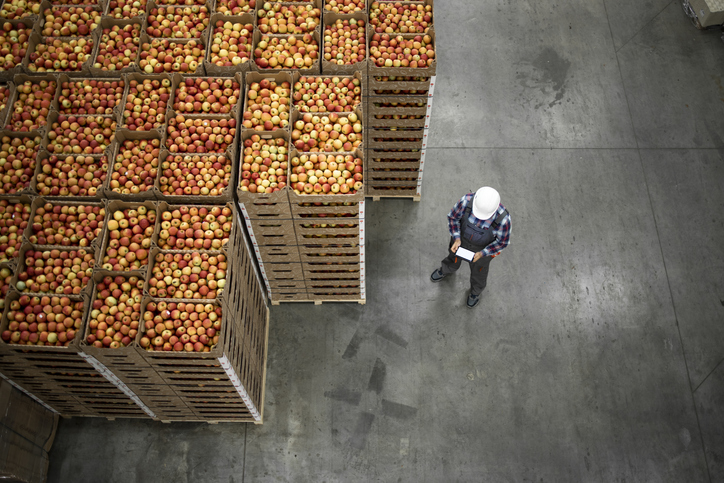The supply chain is fragile—this is something the world has been talking about for the past two years and those of us in the industry have been talking about longer than that. Now, the conflict with Ukraine and Russia could have a greater impact on global agricultural markets.
The Russian Federation and Ukraine are among some of the most important producers of agricultural commodities in the world, playing a leading role in global markets of wheat, maize, rapeseed, sunflower seeds, sunflower oil, and fertilizers. This could expose markets to increased vulnerabilities, according to the Food and Agriculture Organization of the United Nations. The organization suggests the global supply gap could push up international food and feed prices by 8-22% above their already elevated levels. I don’t know about you, but we need a break from all this volatility and move forward.
Because with uncertainty, of course, comes logistical, production, humanitarian, and energy risks as well. Agriculture absorbs high amounts of energy directly, through fuel, gas, and electricity use, and indirectly, by using agri-chemicals such as fertilizers, pesticides, and lubricants. With prices of many of these energy-intensive products rising due to the conflict, overall input prices are expected to experience a boost. This will further lead to greater risk to the state of global food security in the coming years.
Gartner suggests the overall supply chain will encounter six key issues: key material shortages, price cost increases, production capacity impacts, demand volatility, logistics route and capacity constraints, and cybersecurity breaches.
There are solutions in the interim. For one, governments around the world can commit to enhancing the food supply chain—which is happening here in the United States. At the end of February, The USDA (U.S. Dept. of Agriculture) committed $215 million to enhance the American food supply chain, which will expand meat and poultry processing options, strengthen the food supply chain, and create jobs and economic opportunities in rural areas.
Digging a bit deeper, USDA Rural Development will make $150 million available in grants to fund startup and expansion activities in the meat and poultry processing sector, while the USDA’s National Institute of Food and Agriculture will provide another $40 million for workforce development and training, and the Agricultural Market Service will provide $25 million to offer technical assistance to grant applicants and others seeking resources related to meat and poultry processing.
Another solution comes in the form of technology. Gartner suggests organizations need to identify risk, and increase resilience by investing in people, processes, and technologies to enable end-to-end risk management, which should include technologies for both strategic redundancies and to secure critical value networks and supply ecosystems.
We also know technologies like AI (artificial intelligence) and machine learning can help automate our factories and help manage inventory, just to name a few. The supply chain was top of mind for many in the early days of the pandemic and it will also be top of mind in the coming months as well.
Want to tweet about this article? Use hashtags #IoT #sustainability #AI #5G #cloud #edge #futureofwork #digitaltransformation #green #ecosystem #environmental #circularworld #supplychain


